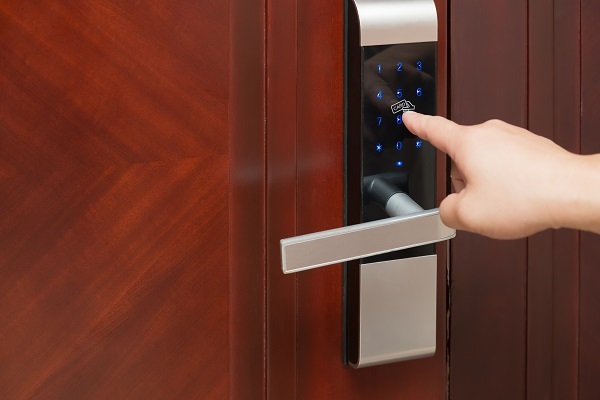SSZT171 april 2021 MSP430FR2433 , MSP430FR6007
Imagine a design where you can reduce the number of analog components and shrink your board size. A design where you can customize features for your specific application and optimize your system for performance, power, size, and cost. Did you know that a simple MSP430 MCU checks off all these boxes? Let’s explore a few application scenarios where MSP430 MCUs open up new possibilities in a wide variety of designs.
Perform Multiple Analog Functions
You can use MSP430 MCUs to offload many important system-level functions and reduce design complexity. Using an MSP430 MCU as a housekeeping (or secondary) MCU means that it can handle several system-level functions such as input/output expansion, analog-to-digital converters (ADCs) and LED control, which can reduce board space and design cost. You can learn more about implementing simple analog or digital functions in various applications in our MSP Housekeeping MCUs training series.
Design Low-power Building Automation Sensors
MSP430 MCUs can enable a variety of building automation applications such as pyroelectronic infrared sensors (PIR), smoke detectors (as shown in Figure 1) and thermostats because they offer a small printed circuit board layout, extended range sensing and highly effective resolution sampling with low noise.
 Figure 1 MSP430 MCUs Enable Sensing in
Low-power Building Automation Applications
Figure 1 MSP430 MCUs Enable Sensing in
Low-power Building Automation ApplicationsMultiple types of sensors are available on the market such as electrochemical (oxygen, carbon dioxide and carbon monoxide) which require different signal integration options. MSP430 MCUs have low power modes which achieves low battery life in these systems. These MCUs have integrated programmable gain amplifiers (PGAs) and multiplexing capabilities for gas detectors. We also have a graphical user interface (GUI) where you can configure and connect comparators, PGAs, and ADCs for real-time evaluation.
Make Your Design Smarter by Adding Capacitive Touch
Many pieces of technology must respond to a user’s touch with low latency, from buttons on an elevator or a slider volume control in a vehicle entertainment system to smart home hub displays and electronic lock keypads (Figure 2). These applications all benefit from capacitive touch technology because of its lower power and electromagnetic compatibility noise immunity benefits.
MSP430 MCUs make capacitive touch solutions simple to design through an easy-to-use ecosystem that includes evaluation modules, software and GUIs with code generation to help with designs from prototype to production. Learn more in the CapTIvate Technology Guide.
 Figure 2 Touchscreen on an Electronic
Lock Enabled by Capacitive Touch Technology
Figure 2 Touchscreen on an Electronic
Lock Enabled by Capacitive Touch TechnologyDive into Your Next Flow Meter Design Using Ultrasonic Sensing
Does your system need a device that can measure flow rates of liquids or gases, or perform object detection? Ultrasonic sensing MCUs can enable water and gas flow measurements, or detect objects in a room using ultrasonic technology. MSP430 MCUs feature a unique waveform capturing technology with high-speed ADCs and a cross-correlation method that enables high-accuracy measurements with low power. Build your next water flow measurement system, coffeemaker or ventilator by leveraging our MSP Academy, which makes ultrasonic sensing easy to understand and helps you get a working configuration for your design in under an hour.
Create Reliable and Low-power Designs with Power Delivery Devices
E-bikes, battery packs and cordless power tools require high-reliability battery-management solutions to ensure a longer battery life. MSP430 MCUs can act as a host controller for communicating with a battery monitor. Learn how to create more energy-efficient and reliable power designs with our reference designs.
Conclusion
From digital peripherals such as 16-bit timers with capture and compare functions, universal asynchronous receiver transmitters, Serial Peripheral Interface, and I2C, to analog peripherals such as 10- to 12-bit successive approximation register ADCs, digital-to-analog converters, operational amplifiers and LCDs, the MSP430 MCU family offers a broad and affordable portfolio to help solve today’s increasing and diverse MCU design challenges.
Evaluating your MSP430 MCU is simple with an ecosystem of tools and resources to accelerate every step of your design, regardless of your application. Rediscover MSP430 MCUs with our step-by-step training videos, GUIs, LaunchPad™ development kits and software examples. To begin, use the MSP430FR2433 LaunchPad development kit to develop and configure your designs for the countless applications that a simple MCU can enable.